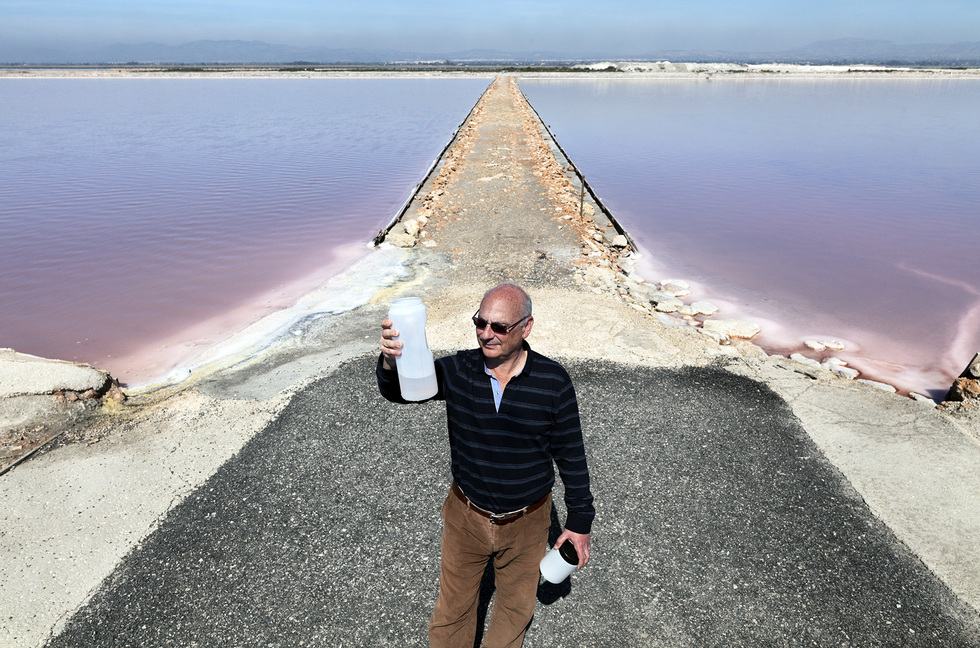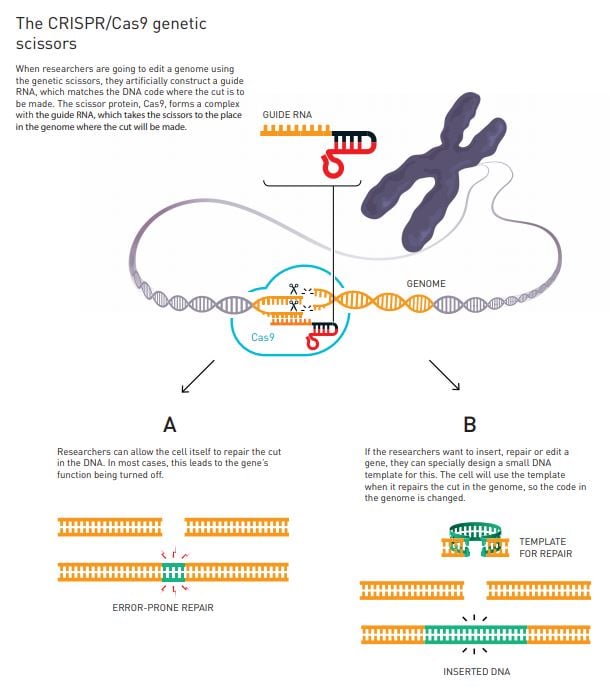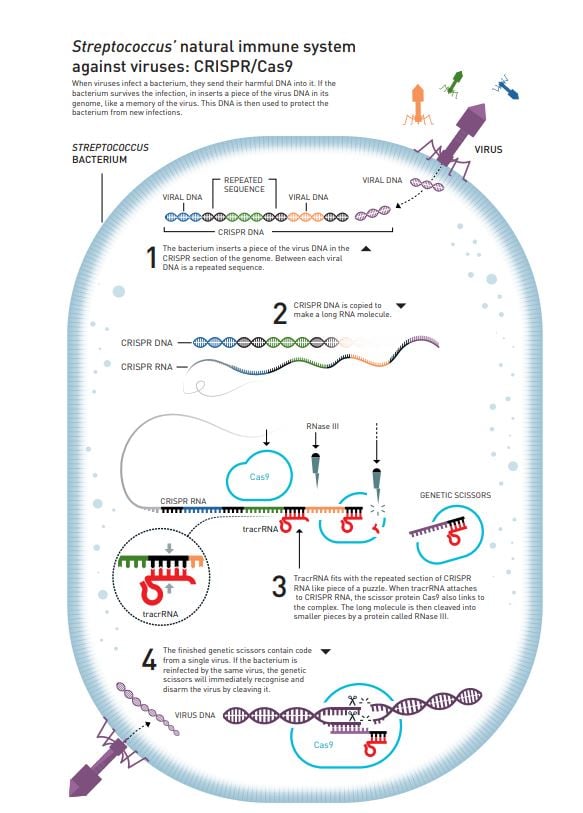Aquest era el text d'una pancarta davant la reunió d'experts en genètica el març passat a Londres, a l'Institut Francis Crick: "Aturem els nadons de disseny". Era la segona vegada que es reunien genetistes després que a l'anterior reunió el 2018 on He Jiankui va mostrar un dels més grans disbarats recents de la ciència, l'edició genètica d'embrions per intentar eliminar l'HIV. Ho vaig explicar ja fa dies.
No el van deixar entrar. El 2022 ja va sortir de la presó i ara dirigeix l'Institut de Medicina Genètica de Wuhan, no m'he confós, és a "Wuhan", de trist record.
Els del New Yorker just ara han publicat un article magnífic on s'explica amb molts detalls tot plegat. M'ha interessat saber què havia passat amb els dos nens, que de fet després es va saber que eren tres.
From the moment the children’s existence was made public, scientists have clamored for information about their genetic health, amid dire warnings of likely abnormalities. Because JK’s data have never been published, experts have been left to pore over his short talk at the Hong Kong conference and an accompanying slide presentation, and to scrutinize his few statements. In one of his YouTube videos, he said that he had sequenced Lulu and Nana’s entire genome before implanting the embryos, and again after they were born. The results, he said, indicated that the procedure had worked safely, as intended.“No gene was changed except the one to prevent H.I.V. infection,” he said.
This was, at best, a gross oversimplification. In the Northern European variantof CCR5 deletion, thirty-two base pairs of DNA are missing from both thematernal and the paternal chromosomes. JK’s results didn’t match this standard.Instead, in one twin, he had created a novel mutation of thirteen base pairs—probably but not defi nitely enough to prevent an H.I.V. infection. The other twin had one mutated and one normal copy of the CCR5 gene, weakening the prospect of immunity.
Another serious concern is that both twins are likely genetically “mosaic,” made up of edited and unedited cells, which may mean that neither of them has any special resistance to H.I.V. at all. Kiran Musunuru, a prominent gene editor,argued that JK’s work was not a CRISPR breakthrough—it was “a graphic demonstration of attempted gene editing gone awry.”
Doncs això, a sobre de ser un disbarat ètic no va assolir el que pretenia, va ser un fracàs. Fa temps que tenia curiositat sobre això i és aquest article que m'ha permès entendre millor l'abast del problema que tenim davant nostre i no li fem prou cas.
En aquest blog he explicat en moltes ocasions diferents aspectes de CRISPR, que els del New Yorker la citen com la "tecnologia biològica més transformadora", i sabem que malgrat la controvèrsia en l'ús amb embrions en línia germinal, segueix avançant i ara ja tenim l'edició base i l'edició prime, que també es tradueix com edició de qualitat.
Enmig de l'article em trobo una sorpresa més. Resulta que hi ha un laboratori a Oregon que ha estat autoritzat per a investigar en edició genètica d'embrions humans, no només amb rebuig de fertilització in vitro. El dirigeix Shoukhrat Mitalipov, kazakh, i entre els investigadors trobo a Núria Martí Gutíerrez, valenciana, que és la responsable d'embriologia al laboratori. Ella explica en detall el procés d'edició d'embrions com si res. Diu l'article:
Martí Gutierrez moved the dish over to a larger microscope, equipped with pipettes manipulated by joysticks. With a narrow, bevel-tipped pipette, shebopped a sperm on the tail, immobilizing it so that she could draw it into thepipette’s chamber. Then she washed the sperm in the CRISPR solution. “Now it’sall going inside the oocyte,” she said. Invisibly, the CRISPR, with its guide-RNAprotein, found and cut MYH7. In minutes, she had made two edited human embryos.
I m'adono que hi ha una carrera de fons soterrada i fins i tot científicament hipòcrita que alhora que en públic moltes veus demanen responsabilitat, en privat aconsegueixen autoritzacions de recerca amb embrions. I això ja no passa a la Xina, sino també als Estats Units. De les implicacions ètiques i el que cal fer ja en vaig fer ressò aquí.
Moltes gràcies al New Yorker i a Dana Goodyear per aquest excel.lent reportatge, per guardar. Llegiu-lo sencer.







